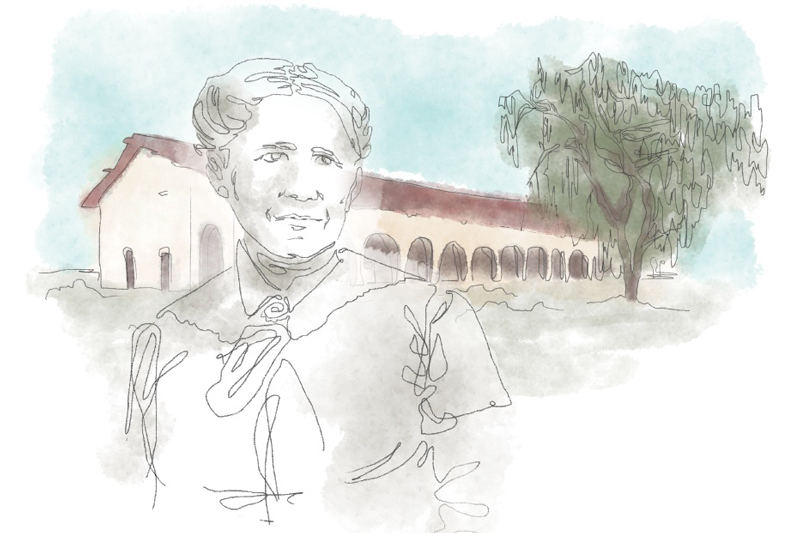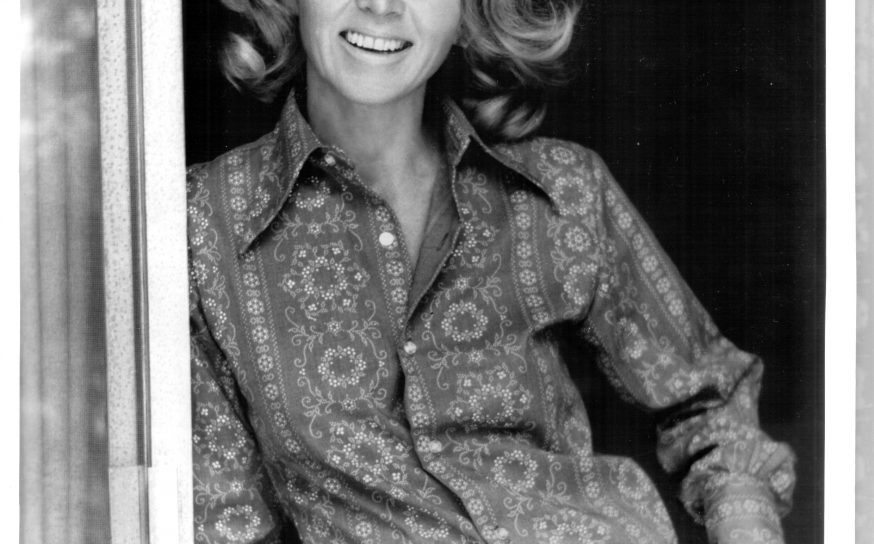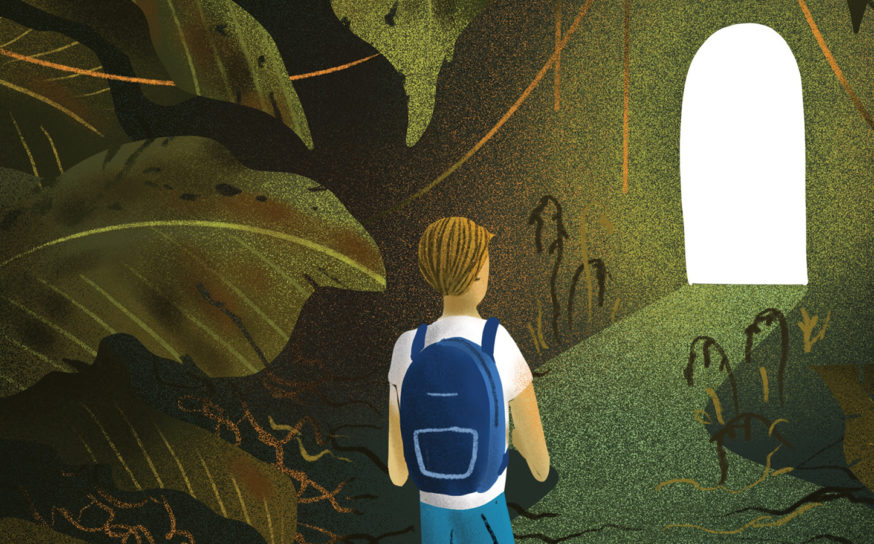
Queen Bee
As we head into the holiday season, meet a woman who is considered the Valley’s original hostess.
-
CategoryPeople
The journey of a Butterfield Overland Mail Company stagecoach during the mid-19th century was an arduous one. Cramped passengers, nine to a coach, traveled hours a day on the dusty, dangerous route from St. Louis to San Francisco. Their only respite was at rustic rest stops scattered along the way. But when the stage stopped at Lopez Station in the San Fernando Valley, bone-tired passengers met with a welcome sight. The large adobe was clean and bustling, with a general store, post office and dining facilities. Most importantly, proprietress Catalina Lopez, elegant and educated, was there to greet them with a hot meal, warm bed and gracious words.
Catalina was born in 1831. In 1837, her father, Don Pedro Lopez, was appointed majordomo of the San Fernando Mission and Catalina grew up there. In her later years, she remembered the property “with beautiful orchards and gardens surrounding it and the wide plains in front of it covered with cattle and sheep.” Later she was sent to LA to be educated. In 1851 she married a fellow SoCal native, Geronimo Lopez, who as a teenage messenger had delivered the Articles of Capitulation to John C. Fremont, which officially ended the Mexican-American War.
In 1861 the Lopezes bought 40 acres of wild, mustard-covered land just north of the crumbling mission, in what is now Granada Hills. They built a spacious adobe , which became known as Lopez Station. Besides the old mission and a few small adobes, the family, which included 13 children, had grazing cattle as their nearest neighbors. But they were not lonely. Two or three times a week the Butterfield stagecoach would arrive, bringing an influx of guests. Valley residents also came to the station to patronize the family’s general store and the first Valley post office, opened in 1869.
Eventually the Lopezes opened the Valley’s first English-speaking school at the station, which was the hub of burgeoning Valley society. Catalina was its undisputed queen—a charming hostess, who loved to entertain, dance and work in her garden.
In later years, the family moved east to the town of San Fernando, where they took up residence in a two-story Mission Revival/Victorian-style structure finished in 1883. Here Catalina, the Valley’s most beloved elder stateswoman, continued to entertain until she died just shy of her 90th birthday. Today visitors are still welcome to tour Catalina’s house, Lopez Adobe , which was listed on the National Register of Historic Places in 1971.











